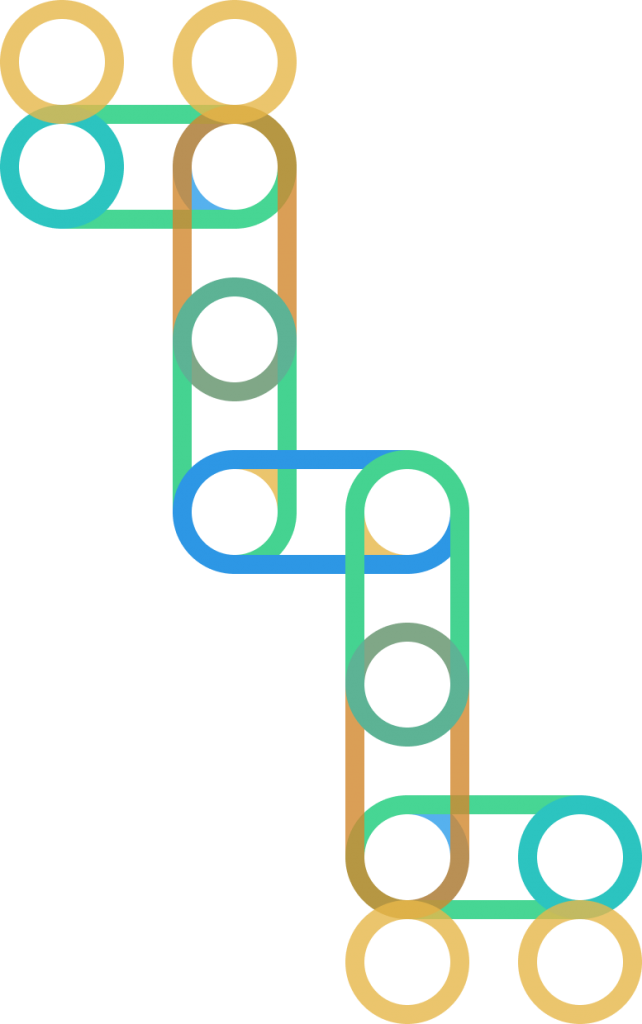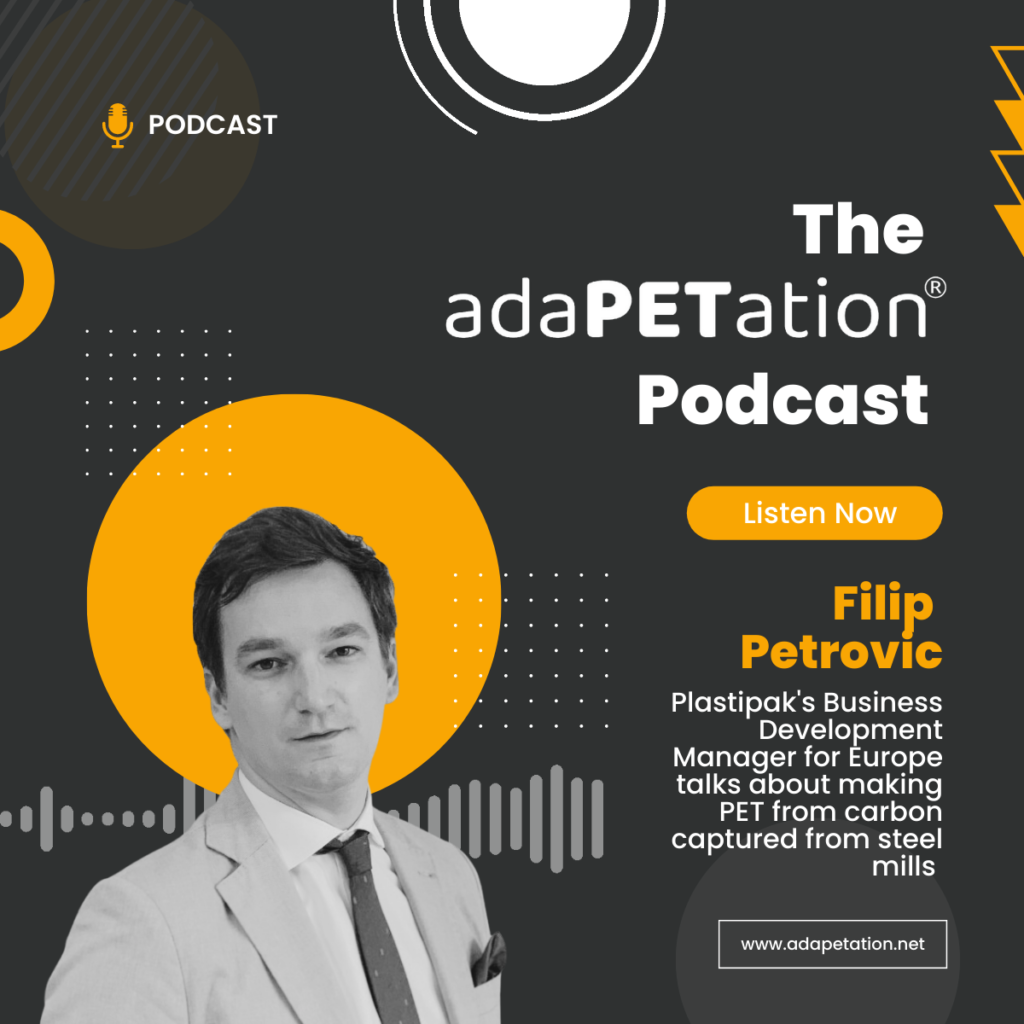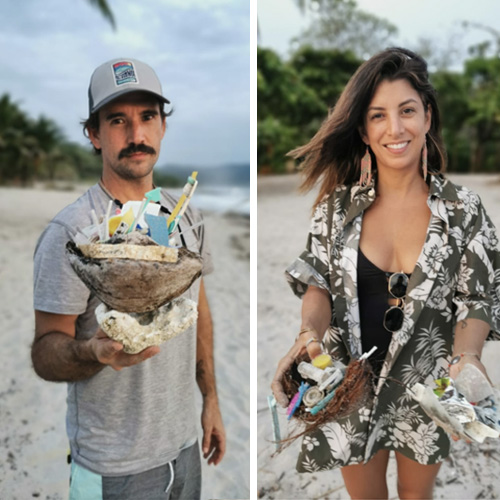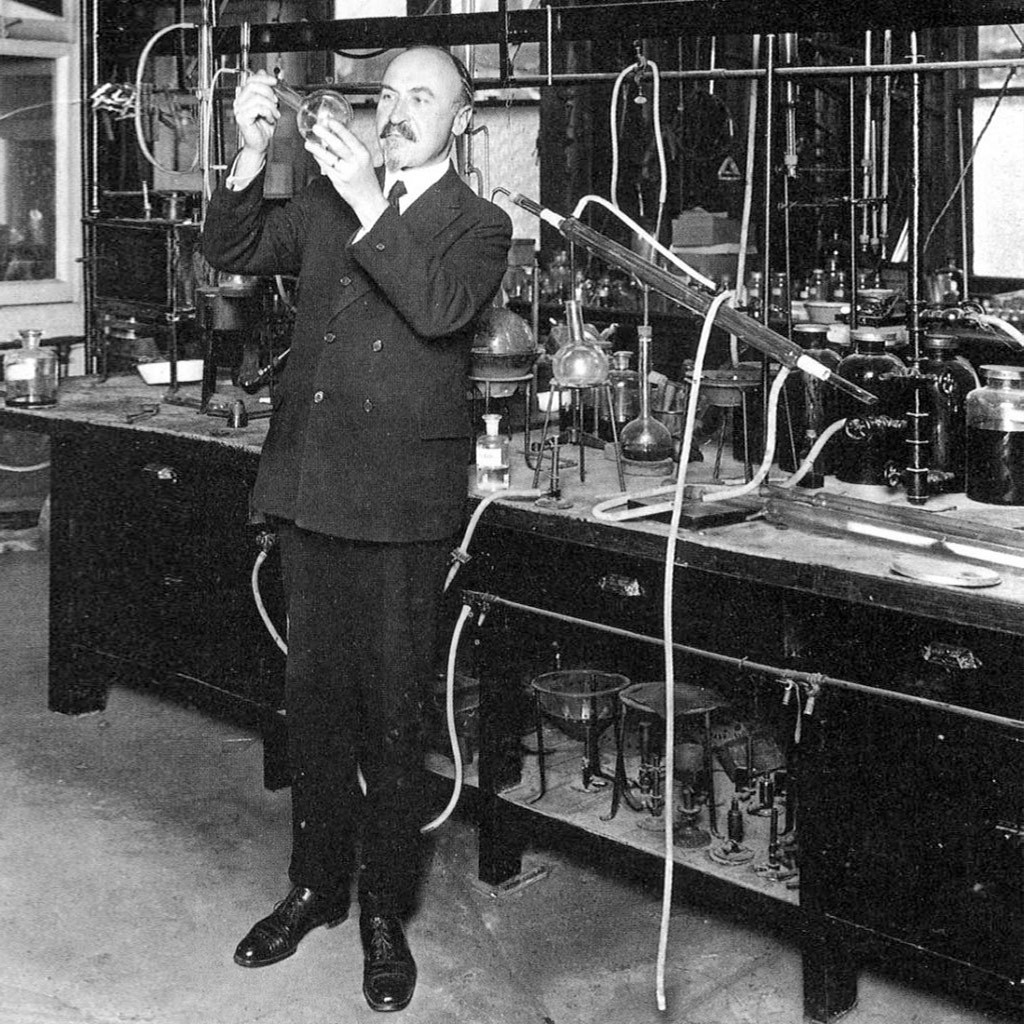
Learn how Plastipak is producing sustainable PET by trapping greenhouse gas emission from steel plants and turning it into regenerative plastic with the help of some friendly LanzaTech trained bacteria.

Plastic has received plenty of attention for its contribution to global warming and the growing problem of plastic pollution. However, there are growing examples of how PET plastic, in particular, offers potential benefits in the battle against climate change. Raising the question, what if we could turn plastic into part of the solution rather than see it as a problem?
Plastipak, a US-based packaging company, has been working on innovative, sustainable solutions that could make plastic a carbon sink. Their latest partnership with LanzaTech has resulted in the creation of a PET resin that captures carbon from steel plants, significantly reducing the material’s carbon footprint.
The partnership with LanzaTech is a critical development in the packaging industry and a step towards a more sustainable future. Filip Petrovic, Plastipak’s business development manager for Europe, shared his thoughts on the partnership with LanzaTech in a recent interview on the adaPETation® Podcast. He emphasized the company’s focus on sustainability and its efforts to reduce the impact of packaging on the environment.
“Our society’s foundations are based on consumption, and consumers are really used to consuming everything on the go. If we think about food and beverage, the flexibility of plastic packaging in preserving and protecting the product is unmatchable,” Petrovic noted.
However, he recognized the need for sustainable solutions and started looking for partners, startups, and innovative companies that are tackling global climate challenges. This led to the partnership with LanzaTech and the development of a sustainable PET resin made from waste carbon.
Plastipak has been building sustainability into its operations for nearly four decades, recycling PET since 1988 and it is now the biggest bottle-to-bottle recycling company in Europe. However, the company wanted to go a step further and tackle the environmental impact of raw materials.
“We perceive [waste carbon] as an input in our production; we have enough feedstock. And what we are facing now is maybe more on the regulatory side of getting recognition of this new technology because it is new and it is disruptive,” he said.
The Uniflora solution, which includes CarbonSmart MEG, has significant benefits in terms of greenhouse gas emissions for the company and potential to transform the carbon footprint of the industry.
“You know, sometimes Italians, especially my Italian colleagues, are comparing it with making pizza. So you have a flour floor, sorry, that is terephthalic acid and water that is glycol and you’re mixing it. And basically it is like that. So we have terephthalic acid that is 70% and we have glycol that is 30%. So in this particular case, the 30% of ours is not anymore coming from fossil fuels. Now we are no longer engaging in new fossils in order to produce rPET, but we are rather recycling CO2 and putting that into our PET,” he says.
The new resin creates a new value chain across industries by connecting different parts and different partners along the way, says Petrovic.
The carbon-capturing technology can become an instrument for fighting climate change and a carbon sink for other polluting industries, he says, which will enable the packaging industry to underline its position as an ally in fighting against food waste and climate change.
The partnership and the technology faces ongoing challenges that may hinder its adoption, including regulatory hurdles and, in particular, securing recognition for waste gases as sustainable sources for chemicals.
Petrovic highlighted the need for regulatory bodies to recognize CO2 feedstock materials as sustainable ones to help the initiative to gain traction and have a greater impact substituting fossil fuel-based chemicals.
This remains the biggest challenge because, from the end consumer’s perspective, there is an unquestionable need and demand for more sustainable packaging.
Plastipak’s partnership with LanzaTech is just the beginning of their journey towards sustainable solutions, Petrovic argued that the company seeks more sustainable solutions to reduce the impact of packaging on the environment on the other ingredients required to maket the PET pizza.
“The need is there. The end consumers became aware; Life Cycle Analysis is becoming the most important KPI, and it will become more and more important. So the brands are also aware of what we are maybe facing,” he said.
The benefits of using PPKNatura resin are considerable. It reduces greenhouse gas emissions, and its production process does not require land or food resources. Packaging made out of this material can be fully recycled at the end of its life, keeping the carbon in a circular material cycle.
The need to bring more sustainable packaging solutions together is becoming more apparent, and with more partnerships and innovations like this, plastic could be a vital part of the solution to some of the world’s biggest problems, like global warming.
Ultimately Plastipak’s partnership with LanzaTech offers a new solution for the packaging industry and a step towards a more sustainable future. Its success will be judged by the number of companies that follow suit.
With more partnerships and innovations like this, plastic could be a vital part of the solution to some of the world’s biggest problems, like global warming. As the world moves towards a more sustainable future, it is essential to recognize that plastics can be part of the solution when used in a sustainable and responsible way.
If you like this content and would like to help close the loop on plastic waste then join the adaPETation® Network by clicking on the button below
Share it
THE HISTORY OF PLASTIC
Throughout the history of plastic, PET has been crucial in keeping food fresh with lightweight and durable packaging solutions that have helped reduce food waste for almost a century. Learn all about the invention of plastic and the important role it has played feeding people and saving the lives of humans and elephants in the adaPETation® timeline of the history of plastic.





